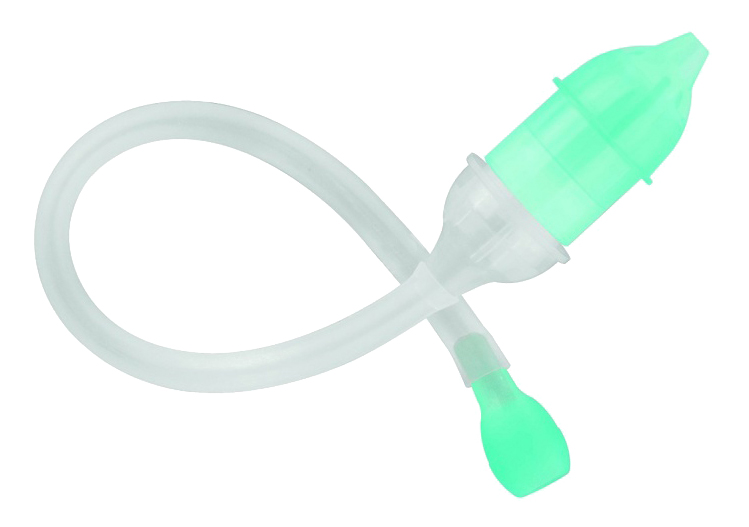Ultrasonic aspirator is a surgical instrument that uses ultrasonic vibrations coupled with suction to cut, dissect and aspirate tissues. It provides an effective and precise alternative to traditional electrosurgery for soft tissue dissection and removal during various surgeries. With its ability to cut and aspirate simultaneously without producing heat, the ultrasonic aspirator has become an indispensable tool for numerous surgical procedures across multiple specialties.
How it Works
An ultrasonic aspirator consists of a handpiece connected to a power generator unit via a cable. The handpiece contains a thin hollow aspirating probe that vibrates longitudinally at ultrasonic frequencies ranging from 20-60 KHz produced by a piezoelectric transducer located in the generator unit. As the probe vibrates at these high frequencies, turbulent cavitation is produced in any liquid medium surrounding it. This cavitational energy efficiently breaks down and emulsifies tissues it comes in contact with. Simultaneously, low vacuum suction through the hollow probe aspirates the emulsified tissues, providing a clear field of operation for the surgeon. Various probes are available for different tissue consistencies and surgical needs. Precise control over the device allows for delicate tissue dissection and removal without collateral damage to surrounding structures.
Applications in Neurosurgery
Ultrasonic Aspirators have revolutionized many neurosurgical procedures since their introduction. They help achieve the twin goals of maximum safe resection and minimal operative trauma in brain tumor and ventricular surgery. Specific neurosurgical applications include:
Resection of intraventricular tumors: The ability to safely remove tumor tissues from the sensitive surfaces of the brain and ventricles without thermal injury is a huge advantage over conventional techniques.
Transsphenoidal pituitary surgery: Delicate aspiration of residual pituitary tumor tissues from the sella and cavernous sinus is easily accomplished while preserving the delicate structures in this complex surgical corridor.
Brain abscess drainage: Thin-walled abscesses can be aspirated completely under direct visualization without risk of cyst rupture. Cyst fenestration: Communicating hydrocephalus due to colloid cysts etc. can be effectively managed via ultrasonic cyst fenestration and aspiration without cyst recurrence.
-Cerebellopontine angle tumor removal: The meticulous dissection and aspiration possible aids maximal safe resection of acoustic neuromas and other CPA tumors.
Advantages in Gynecological Surgery
Ultrasonic aspirators have found increasing application in modern gynecological surgery as well. Some key gynecological procedures where it provides advantages include:
myomectomy for large uterine fibroids: Allows for precise segmentation and aspiration of intramural fibroids through a small incision without risk of blood loss.
ovarian cystectomy: Allows for safe puncture and thorough aspiration of benign ovarian cysts of varying types and sizes.
radical hysterectomy: Facilitates meticulous dissection and hemostasis of parametrial and pelvic sidewall tissues during radical surgery for cervical cancer.
laparoscopic surgery: Ultrasonic energy can be safely delivered through small laparoscopic ports, aiding minimally invasive procedures like ovarian cystectomy, oophorectomy and lymph node dissection.
Advantages
The key advantages offered by ultrasonic aspirators over conventional electrosurgical devices in tissue removal include:
– Simultaneous cutting and aspiration provides an efficient one-step dissection process.
– Ablation is precisely controlled and localized to only the probe tipcontact area.
– Surrounding tissues are not desiccated due to lack of heat production, reducing collateral tissue damage.
– Bleeding is minimized due to localized coagulation effect and sealed blood vessels.
– Cavitation produced helps break down all tissue consistencies efficiently without charring.
– Superior postoperative hemostasis and sealing of cut surfaces minimizes blood loss.
– Ability to morcellate and aspirate tissues through narrow ports enables minimally invasive surgery.
– Devices with fiberoptic light transmission aid procedures under direct visualization in confined spaces.
– Thin oscillating tips access areas difficult with traditional knives and dissectors.
Limitations and Complications
While ultrasonic aspiration offers numerous advantages, some potential limitations and complications include:
– Prolonged tissue contact time can cause thermal damage if power is not modulated correctly.
– Aspiration of vessel walls poses risk of hemorrhage if seal integrity not maintained by pulsate mode.
– Residual fragments may occur if probe strays outside visible field during morcellation.
– Venting of noxious gases/vapors from emulsified tissues may pose inhalation risks without scavenging.
– Inexperienced usage risks damage to delicate structures from excess amplitude or poorly guided probes.
– Increased costs over traditional dissectors limit widespread usage in resource-limited settings.
With advantages of safer and more precise tissue cutting, coagulation and aspiration, ultrasonic aspirators have transformed multiple surgical specialties today. With newer technological innovations to address some limitations and by training more surgeons in its nuanced usage, this versatile surgical tool promises continued benefits to patients worldwide for many years to come.
*Note:
1. Source: Coherent Market Insights, Public sources, Desk research
2. We have leveraged AI tools to mine information and compile it.



